Since writing my last blog in October 2012, I returned to Victoria, Australia, at the conclusion of an exciting two year secondment to the Secretariat of the Convention on Biological Diversity (CBD) in Montreal, Canada. The focus there was on further embedding biological diversity (biodiversity) and human health matters in the work of the Convention; increasing the international policy support for health and biodiversity links; and further strengthening a range of strategic partnerships, particularly between the CBD Secretariat and the World Health Organization (WHO). Now I’m delighted to be further building on this work on the human health and nature nexus in the context of sub-national protected areas and parks in the role of Manager Healthy Parks Healthy People (HPHP) in Parks Victoria.
My blog this week focuses on some of the work underway on the integral links between nature and human health in Victoria’s cities, and the embodiment of the phrase Healthy Parks Healthy People, an approach pioneered by Parks Victoria more than 10 years ago now. Parks Victoria is dedicated to protecting and improving the wonderful natural environment — and helping Victorians become healthier.
Healthy Parks Healthy People in the Victorian context
There are a number of drivers in the Victorian context that have raised the awareness of these links and resulted in actions for public health and public lands managed by Parks Victoria, in partnership with other public land managers and health agencies. Parks Victoria, is the statutory authority which manages approximately 17% of Victoria, Australia including national parks, state parks, bays, waterways, cultural and heritage sites. Parks Victoria adopted the Healthy Parks Healthy People approach in 2000.
In Victoria, we live in increasingly urbanized societies, a trend seen throughout the world’s population. Another significant and alarming trend, often linked with urbanization, is the rise in a range of non-communicable diseases (such as obesity, diabetes and cardiovascular disease), as well as mental health issues, such as anxiety and depression, and declining social and community connectedness. Additional drivers in the Victorian context, which are also relevant in many other cities around the world, include changing demographics and population factors, such as an aging population and understanding increasingly culturally and linguistically diverse (CALD) communities.
A 2012 report by the Obesity Policy Coalition states that almost 25 per cent of the Victorian population fit the criteria for being obese and more than half of Victoria’s adults don’t get enough physical activity to prevent heart disease and type 2 diabetes.
In combination, these factors are challenging and altering the perceptions, management and usage of parks in cities and in urbanized areas in regional Victoria.
Well-managed parks can contribute to improving several of these public health challenges as they provide access to nature throughout Victoria. Parks offer a wonderful setting for improving our mental, physical and spiritual health, while they continue to be fundamentally important for the protection of biodiversity and the provision of ecosystem services, such as clean air and water. In addition, parks can provide social and economic benefits.
The Healthy Parks Healthy People approach underpins the foundation of Parks Victoria and results in a holistic approach to parks, people and nature, with a greater “well being” focus and an emphasis on management for ecosystem services and facilitating access for people to get active in nature. For service delivery, this translates into a broader partnership approach in the management of parks that supports multiple benefits and experiences, and actively seeking health and nature connections that reflect community diversity within the broader ecological, economic and social landscape. In the longer term, we seek to offer life-long experiences that benefit people’s health and benefit parks by supporting healthy lifestyles in nature and active participation in the sustainable management of public land by staff, the community and visitors.
Given the evidence, and as the custodian of four million hectares of parklands, Parks Victoria has a clear role to play in connecting people with nature and providing broad societal benefits above and beyond those traditionally associated with parks.
And the word is spreading. In May 2010, over 1000 participants from 37 nations attended the International Healthy Parks Healthy People Congress held in Melbourne. This successful event explored the many ways nature and parks significantly contribute to our health and wellbeing across different sectors and resulted in two key outcomes, being the Melbourne Communiqué and the HPHP Central web portal. Other organizations have now adopted and developed the Healthy Parks Healthy People approach. For example, the U.S. National Parks Service is set to host a Healthy Parks Healthy People International Congress and Expo in Atlanta, Georgia, in June 2014 and the once-in-a-decade IUCN World Parks Congress will profile health and wellbeing in its program in Sydney, New South Wales, in November 2014.
Parks Victoria is continuing to further work on translating the Healthy Parks Healthy People approach into reality. Two practical examples of innovation and leadership with key partners are provided below:
Active in Parks, Geelong and Keilor
Active in Parks is a Healthy Parks Healthy People program which targets health and community development agencies to undertake activities in parks and open spaces to achieve social, physical and mental health outcomes in two Victorian cities: Keilor, approximately 19 kilometres north-west of Melbourne has a culturally diverse population of more than 191,000, over 40% of which were born outside of Australia; and Geelong, approximately 75 kilometres south-west from Melbourne on the shores of Port Phillip Bay with an urban population estimated at approximately 175,000 for the City of Greater Geelong.
Active in Parks is an innovative multifaceted approach to increase physical activity in parks, encouraging health and community agencies to embed park visits into their regular routines and encouraging communities to enjoy parks’ benefits for physical and mental health, and social well-being. The program facilitates access to and promotes appreciation of parks, aiming to increase community health, build the value of parks, commitment for conservation and advocacy of parks whilst promoting community physical, social and mental health benefits.
The program was inspired by the 1st International Healthy Parks Healthy People Congress in 2010 and developed collaboratively with Parks Victoria, the People and Parks Foundation and Medibank.
The People and Parks Foundation is an independent, not-for-profit organisation whose purpose is to connect people with parks for environmental health and community health, and aims to build a stronger relevance of parks within people’s lives. Medibank is the program sponsor and is Australia’s largest private health insurer working with selected partners to: provide innovative health solutions; improve access to public health and deliver better health outcomes through programs that encourage healthy eating, physical activity and greater community connectedness.
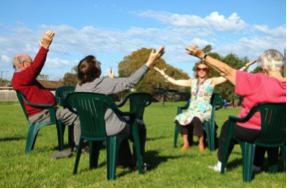
Photo: People and Parks Foundation
It is important to also acknowledge other key partners, being G21 Geelong Region Alliance, Barwon Medicare Local and the Victorian Department of Planning and Community Development and Victorian Department of Health.
The program was initially launched as a 12-month pilot to assess the effectiveness of the activities, the local needs, the appetite of the health community, and the resources and facilities needed to run the program at a local level. After this period, it was mutually agreed by the funders and key partners to continue for a total of three years due to its high interest from multiple stakeholders, proven effectiveness and replicability.
The success of the program has been achieved by partnering with the health and community sectors along with local government, and tapping into the many local health and community organisations and, of course, the contribution of the participants themselves has been critical.
Over the past 2 years, Active in Parks has targeted:
• Patients with pre-diabetic lifestyle risks referred by General Practitioners to structured exercise program in parks.
• Patients with serious mental illness referred into guided park visits by Pathways Psychiatric Disability Rehabilitation Support Service.
• Clients of Health Centres who experience severe mental illness and whom may have risk factors of obesity or health conditions such as heart disease, high blood pressure and/or diabetes. An 8-week exercise and lifestyle program now extends their activities out in the parks and encourages daily park visits.
• Families with children under 4 years old in need of support referred into bush playgroup by local Community Services Agencies and local government.
• Young people at risk of disengagement from education in ‘Park Ambassadors’ program 12 week adventure challenge – partners: Secondary College, Headspace Youth and YMCA.
• People with a disability referred into “green gym” program. With partners: Leisure Networks, Conservation Volunteers, Barwon Water and Catchment Management Authorities.
• Refugees referred into guided park visits by refugee support service partnering Diversitat Services.
• Children’s Week activities in parks promoted to young children and families utilizing various partner organizations.
• Young Australian Aboriginal students sponsored to take part in a ‘learn to surf’ program.
• Guided park walks marketed in Seniors Week promotions.
• People from low socio-economic areas encouraged to participate in consecutively run weekend events with various partner organizations.
• The general community is encouraged to get active in parks via a calendar of events and activities that were promoted through social and print media campaigns.
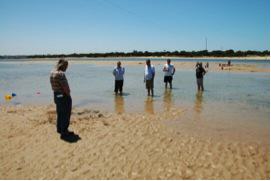
Photo: People and Parks Foundation
The Healthy Parks Healthy People Active in Parks vision is that it will connect people to parks and open space to improve their health and wellbeing. The Active in Parks program achieves its vision by working in partnership, delivering within a sustainable framework – that is replicable and innovative, while benefiting the community and meeting the objectives of key partners. This program provides opportunities for advocacy of parks by diverse stakeholders, builds the reputation of parks and encourages people to value the access to and easy availability of nature (in parks) for their health, as well as practical improvements such as planting and weeding to improve and restore habitat and undertaking ecosystem monitoring surveys.
The framework that was developed incorporates sustainability on a number of levels: local advocacy, incorporation of Active In Parks into participating organisation’s operations, replication of components into other settings – various ‘types’ of parks and other open space areas, secured funding, co-funding models combining various partners and a strong commitment from various levels of government.
There is considerable evidence of the effectiveness of the program. It has been measured on four levels:
1. Organisational engagement — Many organisations are engaged and 35 are specifically committed to involvement in the program. A regional governance structure involving multiple agencies has been formed and 30 organisations have incorporated ‘Healthy Parks Healthy People’ into their operations.
2. Recruitment of participants—over 2,000 participants recruited, and 590 repeat/multiple participants.
3. Participant experience — results indicate participants enjoy the program. There is evidence that participation motivated more future visits to parks and increased the likelihood of some of the participants taking up more outdoor activities. Research for walking groups indicated 70% had never been to some of the parks before and 90% intended to return.
Participant comment: “I enjoyed it every day I went…I liked meeting different people and the fresh air, not being boxed in – I’ve never done that kind of exercise in the fresh air before.”
Another comment: “The kids and I had a fantastic time each week and the park was the perfect location…it is lovely to show dad the plants the kids planted…”
4. Facilitator experience—Many facilitators saw great value in working in different settings and with organisations that they had not traditionally viewed as partners.
For example, the General Practitioners’ Association – one Doctor commented: “… I have no trouble in finding new participants (patients); in fact I am creating a waiting list …”
Western Health Manager said “It isn’t about training hard for a marathon but making healthy changes in their day to day life, one participant would love to be able to walk her children to school each day”.
From the outset, the program was designed with a key indicator of the success of Active in Parks being its replicability and transferability of the program. Twelve months later, with the learnings from the pilot, the program was replicated in another site. The program has attracted recognition and high levels of interest from many preventative health agencies and park agencies in the local areas and across Victoria. For example: Active in Parks has been recognised at the prestigious 2012 Victorian Health Promotion awards in December 2012 when the People and Parks Foundation were one of three finalists in the Building Health through Community and Local Government category at the official awards ceremony; and, Active In Parks was awarded the Parks Forum 2012 Excellence in Parks Award.
Kitchen garden project at Werribee Park
The kitchen garden at Werribee Park has undergone a major revival thanks to the efforts of new Victorians living in the City of Wyndham, approximately 35 kilometres southwest of Melbourne and has benefited the health and community connections of the volunteers too. Wyndham is in the outer urban fringe of Melbourne and it is one of Victoria’s fastest growing suburbs. The volunteers are new residents whom have come from various countries and represent some of the new and emerging communities in Victoria’s western suburbs.
The project was initiated by the Adult Multicultural Education Service (AMES) and Parks Victoria and is part of a local Parks Victoria program that focuses on “stepping outside” of some of the more traditional ways to connects with communities around parks. It is not just about getting people to visit and enjoy the parks, it’s about exploring ways that make parks more relevant and contemporary to communities and when people volunteer, the park benefits by their contribution of labour, skills and time. Parks Victoria is working on a range of projects to better connect to the diverse, local communities in three Melbourne urban growth areas where parks are located, being Werribee Park, Point Cook Coastal Park and Brimbank Park.
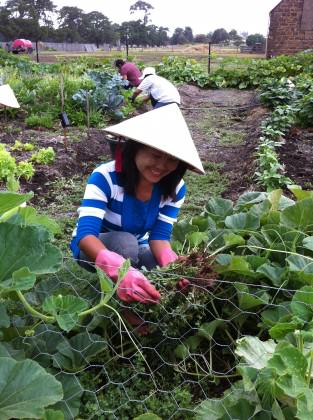
At Werribee Park, the kitchen garden project is strengthened by its focus on some broader social and educational components. The gardening forms part of a women’s program, which addresses mental health issues, such as isolation within the communities. It targets a number of women from the culturally and linguistically diverse (CALD) communities in the City of Wyndham area that are experiencing loneliness and depression associated with having been newly arrived to the country. These women have been encouraged and supported by AMES to join the program and by taking part in the activities are able to socialise through gardening and growing vegetables, as well as network with others who are already established in the community and build their confidence and sense of place.
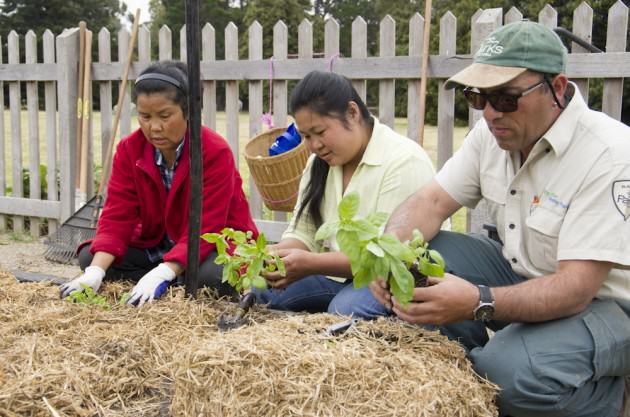
Photo: Will Raynor, Parks Victoria
In addition, the project has a formal educational aspect that is led by a registered training organisation and provides the participants with park-based training in vocational English as well as Horticulture. As a result, participants develop skills and ultimately an accreditation that can contribute to future employment and their involvement also helps to establish and transition participants into the local community.
The kitchen garden currently has more than 40 active members and is part of an extensive suite of existing volunteer-based projects in Werribee Park including Heritage Orchard, State Rose Garden, Mansion Interpretation Program, Children Education Program, Garden Volunteers and the Friends of Werribee River Park.
Over coming years, the project is likely to expand to include a number of other CALD communities and to further build and expand on new partnerships with a range of organisations, with a focus on ensuring the sustainable future of the project and undertaking further evaluations and monitoring to quantify the health benefits to participants. Additional funding for this pilot project has also been acquired from the Australian Government under the Skills Australia program. Based on the initial success of this innovative project, there are plans to replicate it in a number of other parks in line with Parks Victoria’s Healthy Parks Healthy People approach.
Secrets for future success
So, hopefully you’re now inspired to get out and active in nature!
You might be asking yourself some personal questions, such as “Why walk on a treadmill indoors when I can take in some of the best views and exercise outdoors in a park?” or “Why ride my bike only on the road when there are some amazing park trails with sounds, smells and sights to exercise all of my senses?”
You might even be considering how to bring this approach to your work and wanting some suggestions on getting started. It’s not surprising that there are many factors that have contributed to the successful creation and delivery of these community partnerships to benefit community health and help to improve the management of public land. There is no simple recipe that will apply in all contexts, as many of you will already be aware.
However, I believe that there are some themes that often re-appear, so I have distilled this down into my version of three do’s and three don’ts and I welcome your comments and suggestions from your own experiences:
Three do’s:
- Do find energetic partners in diverse sectors and committed leaders in the community
- Do think long-term and be clear as to what you want to achieve in ten years time — consider transferability, evaluations and monitoring
- Do develop a simple governance structure and roles that support each contributor’s mandate
Three don’ts:
- Don’t be afraid to trial different ideas with different partners in different locations over time
- Don’t create unachievable expectations with partners or the community
- Don’t give up!
After all, a healthy park system is a vital component of a healthy community – parks offer tranquil natural areas where you can release your stress; beautiful venues to uplift your spirit and connect with your community; and a myriad of opportunities for healthy exercise.
Public parks belong to all of us. Let’s get healthy in a park today.
Kathryn Campbell
Victoria, Australia
Acknowledgements: Kathryn thanks the partner organisations, funding agencies, volunteers and colleagues for their enthusiastic involvement in these projects. I also think Jacquie deKievet (People and Parks Foundation) and James Brincat (Parks Victoria) for their contributions to this blog.


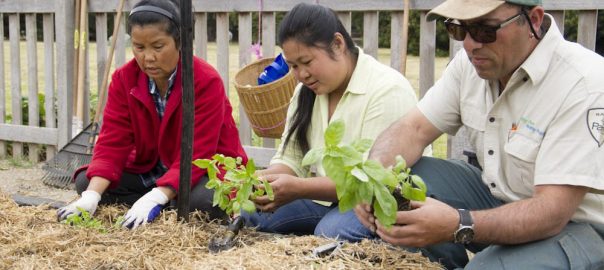
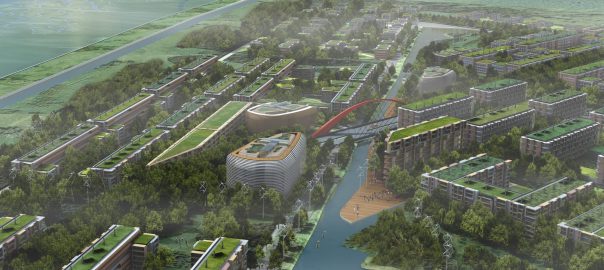
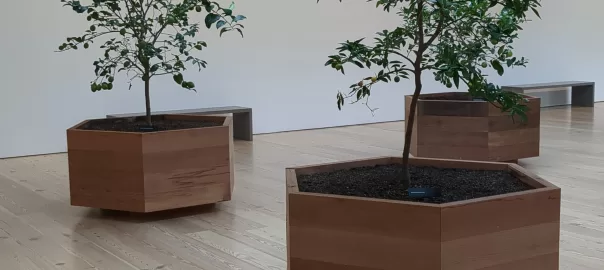
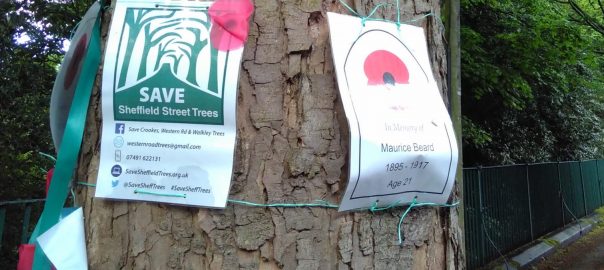
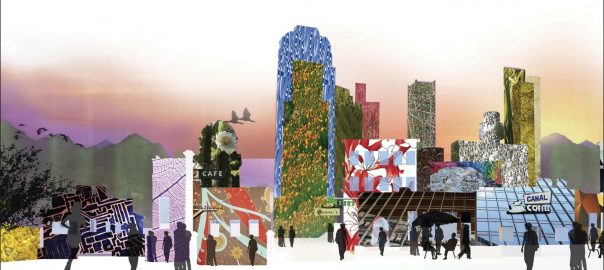
Leave a Reply